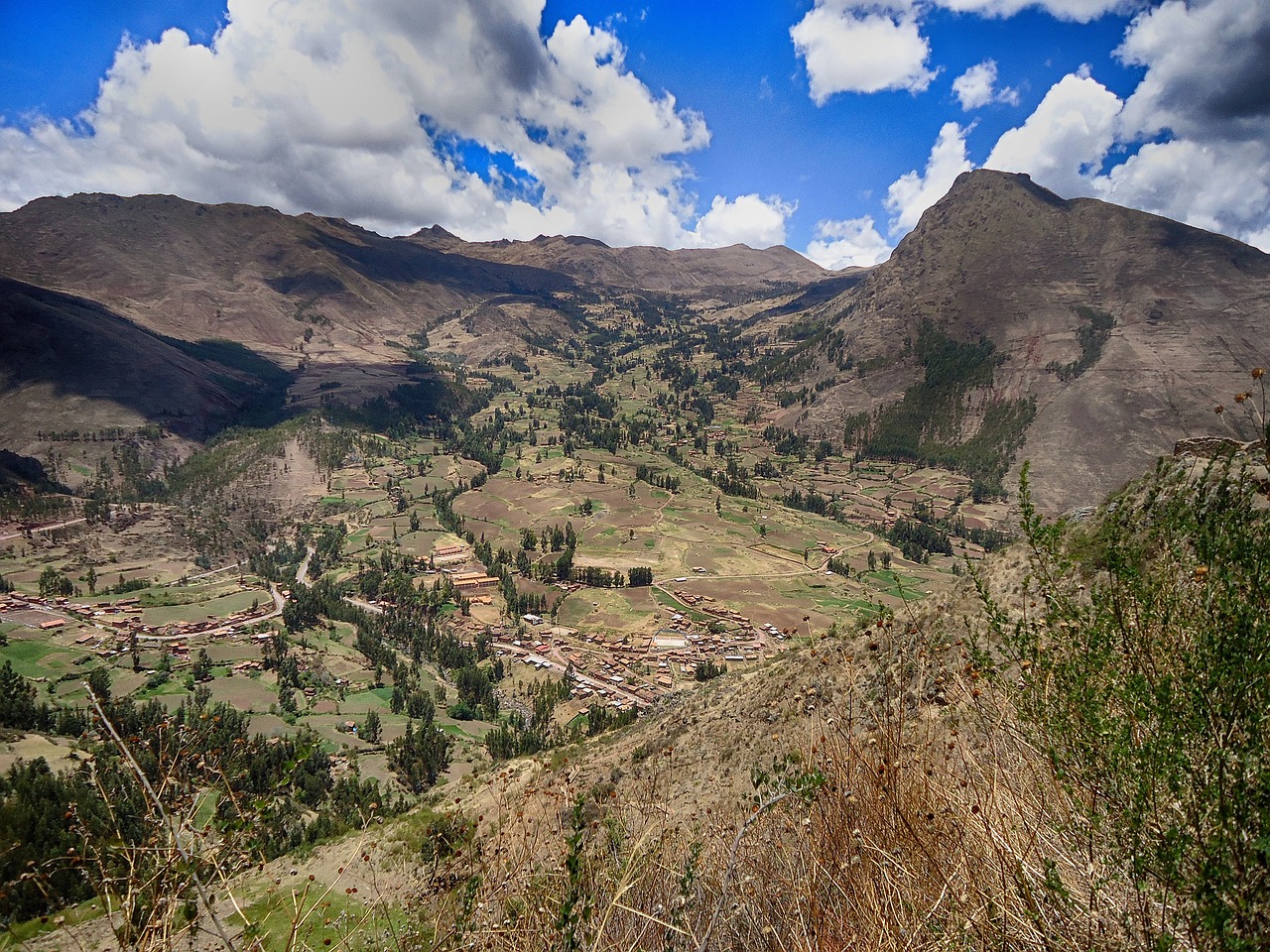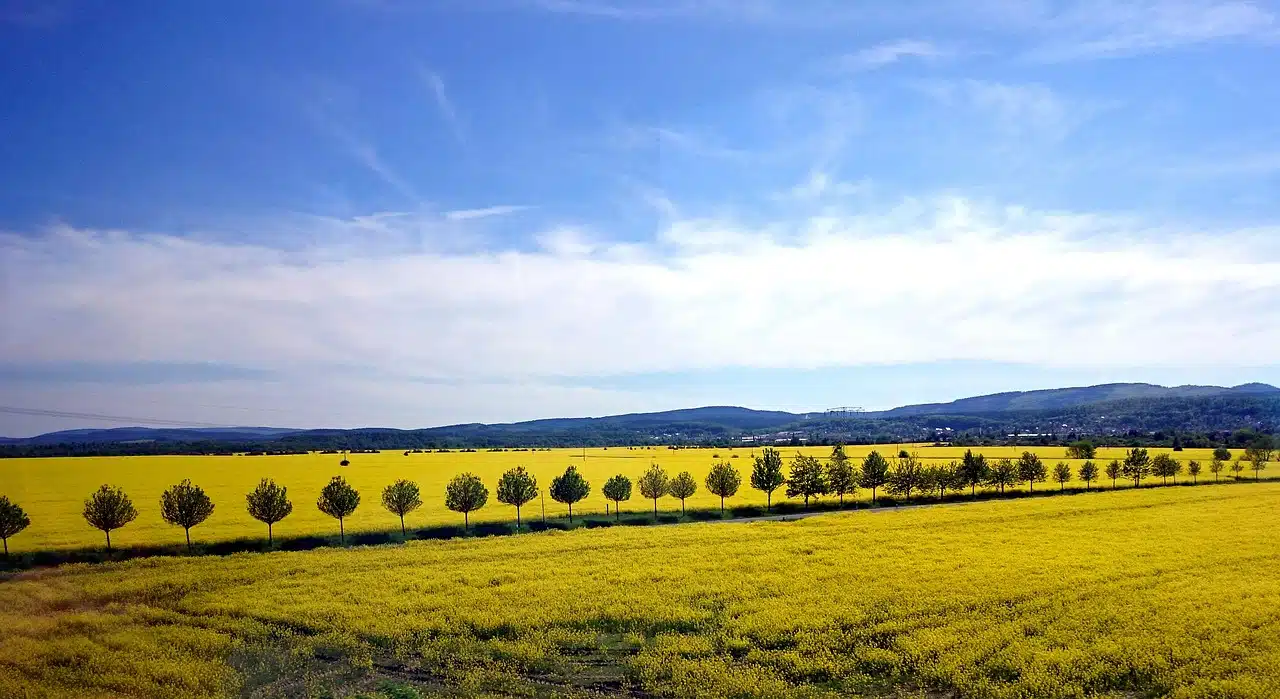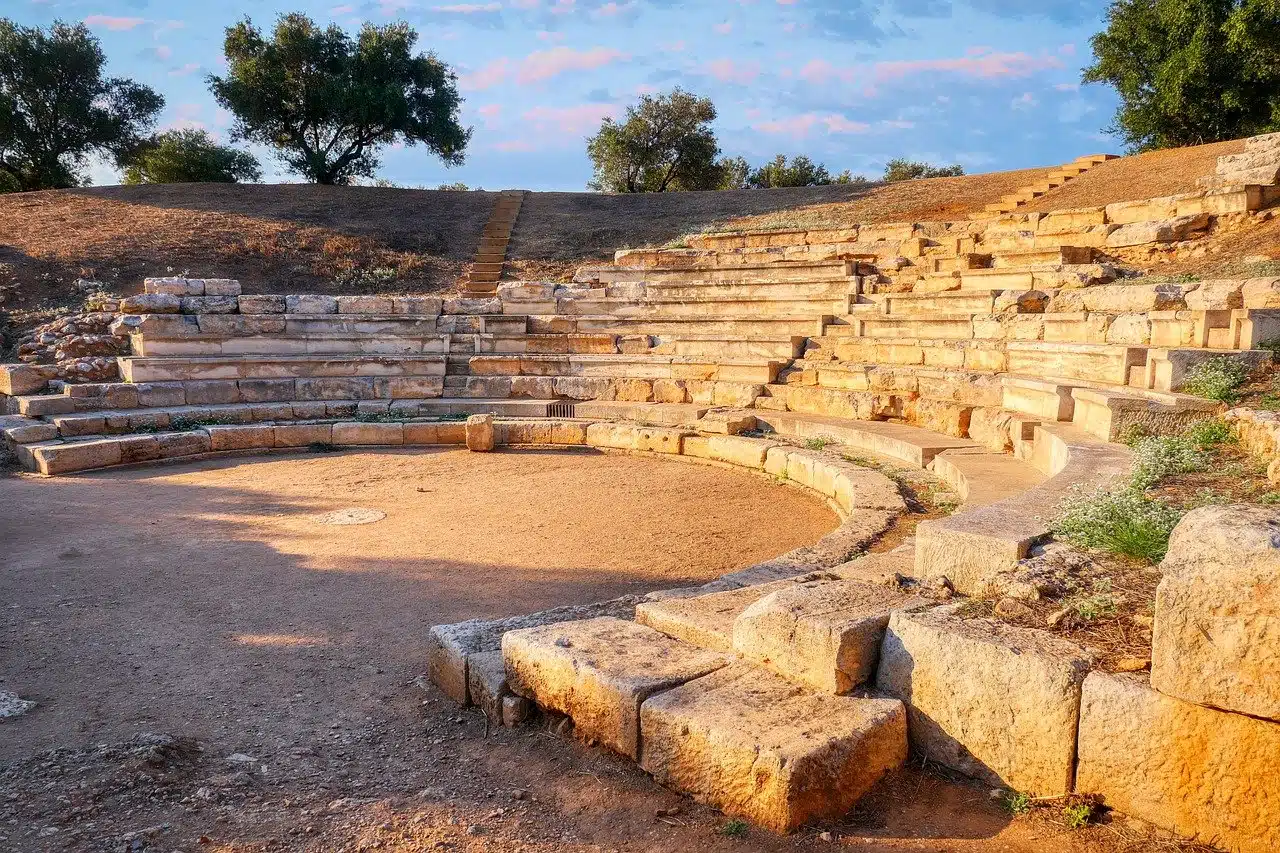
Historic bridges; old roads and routes; and walls and fortifications can form part of a cultural landscape.
Cultural landscape is a concept that refers to the effects, both concrete and symbolic, of human activity in a specific natural environment . It is a space that a culture perceives in a particular way based on its own material and intangible development.
The actions of people, in this framework, produce added value in the territory . These processes, in turn, turn the cultural landscape into a support that supports the group's identity .
The value of a cultural landscape
The value of a cultural landscape is based on two issues: the characteristics given by nature and the deployment of elements of a culture . It is, therefore, constituted as a heritage that includes natural riches and artistic, religious and/or historical testimonies .
Typically, people have a strong sense of belonging to the cultural landscape. This habitat positively influences the life of the community and a harmonious society-nature interaction is recorded.
The components
The components of a cultural landscape are several. It is important to indicate that the human beings who inhabit the natural territory in question are also considered part of said landscape .
To the people – with their traditions, customs and rituals – and the space we must add the infrastructure . This notion ranges from the characteristic architecture of the area to the communication routes. The cultural landscape includes all the consequences of the transformation carried out by man to obtain different benefits (for example, the implementation of production systems that modify the area in some way, as occurs with cultivation terraces).

Territorial planning is necessary to protect the architectural heritage and intangible heritage of a cultural landscape.
Cultural landscape according to UNESCO
According to UNESCO , a cultural landscape is a product that combines nature with human intervention . Specifically, the UNESCO World Heritage Committee indicates that these landscapes are cultural assets that can be categorized in three ways.
There are cultural landscapes that were intentionally created by people. Others are the result of an organic evolution, while the third classification refers to the fruit of an association between the natural territory and culture, art or religion.
These definitions allow us to infer that cultural landscapes can be rural landscapes , urban landscapes , historical landscapes , industrial landscapes or other types, as long as the conditions already mentioned are met.
To protect the integrity of cultural landscapes, UNESCO calls for the designation of World Heritage Sites with the aim of safeguarding the most relevant spaces. This is how conservation zones are established for the preservation of the landscape.
Adequate heritage management and territorial planning taking into account the particularities of each case are necessary to minimize the human impact on the landscape. The idea is to promote sustainable development that does not threaten these cultural assets.
Historical development of the notion
The historical development of the notion of landscape dates back to the beginning of the 20th century , at least in academic terms. This formal use is attributed for the first time to the German geographer Otto Schlütter (1872-1959)
Schlütter distinguished between two types of landscapes: the original landscape (pre-existing the most notable modifications introduced by humans) and the cultural landscape (which develops from culture). For this specialist, geography had to analyze the changes that arose in both.
Before this introduction of the concept in the academic field, the idea of cultural landscape began to be forged in art. Experts locate its origin in landscape painting that various European movements began to carry out around the 16th century , integrating human figures into specific and vast environments.
Over time, the American Carl Sauer (1889-1975) emerged as one of the main promoters of the concept. This North American geographer postulated that cultural landscapes arise from the modeling of a natural space carried out by a culture.

The restoration of the cultural landscape allows the collective memory of a people to be safeguarded.
Differences between the cultural landscape and the natural landscape
The differences between the cultural landscape and the natural landscape are easy to notice. In the cultural landscape there is a human intervention that introduces obvious changes in the environment, while in the natural landscape the visible characteristics are the result of geological and climatological variables .
Nowadays, natural landscapes are increasingly rare. Urban development and population growth make virgin territories very scarce. They are generally located in regions with hostile conditions for people or difficult access.
Beyond this issue, natural landscape is usually mentioned as the space where the influence of man is limited, although not null. This expands the scope of the denomination.
Some examples
Qhapaq Ñan is an example of a cultural landscape. This is what Quechua calls the extensive network of roads that the Incas developed, linking the most prominent cities in the coastal area with those located in the mountains.
This road network reached more than 30,000 kilometers in length, with all roads connected to the capital of the Empire ( Tahuantinsuyo ). The Qhapaq Ñan , which is protected as a World Heritage Site , crossed parts of Peru , Ecuador , Colombia , Chile , Bolivia and Argentina and today can be seen through different trails.
Another example of a cultural landscape is La Serena , in the autonomous community of Extremadura ( Spain ). It is considered a geographical and historical region made up of 19 municipalities in the province of Badajoz , where there are cave paintings and archaeological sites in areas of pastures, steppes, wetlands and forests.
